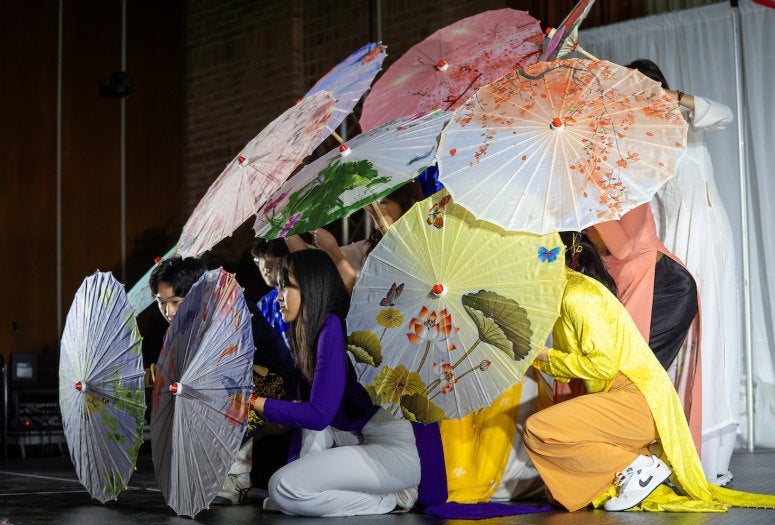Lunar New Year is often called the Spring Festival or Chinese New Year, and it is widely considered the most important holiday in China and Chinese communities around the world, celebrated in China, Vietnam, Korea, Malaysia, Singapore and at Rice University. The two-week celebration includes family and friends, feasting and fireworks, parties and parades.
The festivities that ensue are just as picture-worthy as they are meaningful, and they take months of careful consideration to coordinate. Rice held multiple events to celebrate the beginning of the Lunar New Year, including the Rice Chinese Student Association’s gala Feb. 1 in the Rice Memorial Center’s Grand Hall.
“We started planning this event in September, and it’s for the sole purpose of bringing the Rice community together and helps celebrate Chinese culture and other Asian cultures as well through amazing performances,” said Duncan College’s Hanna Zhang.
For more than 3,000 years, the Lunar New Year marks the beginning of a new year in the Chinese calendar, which is a lunisolar calendar, meaning dates are determined by both the moon and the sun. Months begin with every new moon — when the moon is not visible in the night sky. The Lunar New Year starts on the new moon nearest the midpoint between the winter solstice and the spring equinox, typically occurring between Jan. 21 and Feb. 20.


